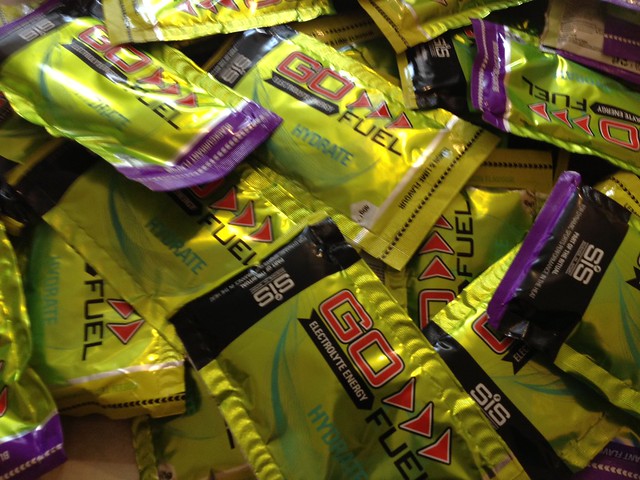
Yes you probably will get blisters. But don't panic too much as there is plenty you can do to prevent blisters becoming mincemeat. Here's a past post on prevention and cure for blisters to help allay your fears.
If you haven't started already, I would practice running in shoes with no socks to toughen up your feet. Do this now, as you may get blisters and need them to heal before you go. I also trialled soaking my feet in surgical spirit but this didn't seem to do much for me.
You can use taping as a preventative measure or a fix up method post blisters. I went with fix up method, and just taped post blister, as I worried that messing around with tape on pristine feet may encourage blistering to begin.
I would practice taping your feet a few weeks before you go, to become confident in how to do it. I just googled for a video, watched it, then had a go. They key thing is to make sure there are no bumps and lumps that may worsen your problem. The main areas to practice taping are big toe, little toe, heel and ball of foot. Taping is a fine art - I actually quite enjoyed having a go and getting it right - so sad.
Perhaps more important than learning how to tape is learning how to deal with "hotspots" - sore areas on your feet that you can feel are beginning to develop into blisters. Please don't ignore them. They won't go away. Stop and sort them out. My strategy for dealing with them was to change my socks, give a quick sweep out of my trainers for any sand, compeed the area, cover with zeozorb talc, and pray. When you get back to camp, clean the area completely and leave it to air. Make a decision on whether to tape it before you run the next day. Doing this should help prevent a minor irritation turn into death-by-blister.
The other common problem is black toenails. Many runners suffer from these anyway, but they can feel ten times worse when your foot has swollen to the size of a balloon. I've posted on how to deal with black toenails if blisters aren't your only friend. I personally don't think there is much you can do about black toenails, and they don't hurt as much as blisters. Just trim your toenails before you start to give them a fighting chance.
If you prep your feet (see my past post on how best to do this) and look after them while out there, you really shouldn't suffer too much from blisters. However, you may end up being one of the unlucky ones. If so, take loads of painkillers, keep your feet as clean as you can to prevent any nasty infection, and take a picture to gross everyone out with on your return!
Fixing your feet is a good website with tons of information on taping and blisters.

